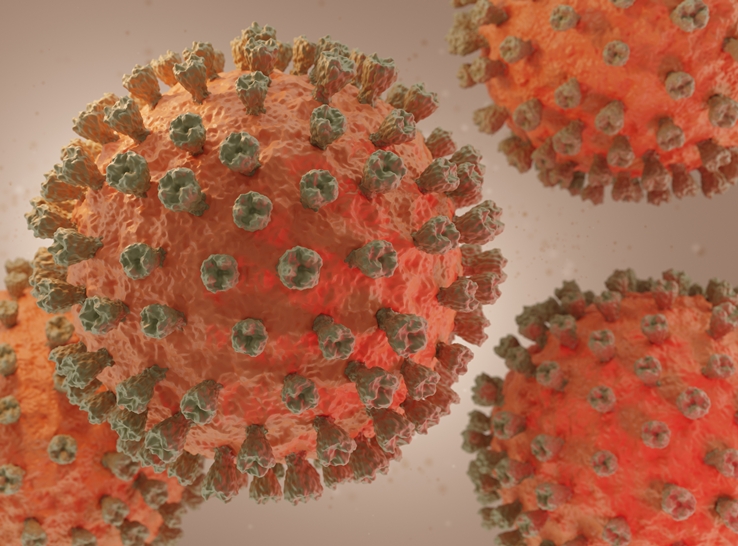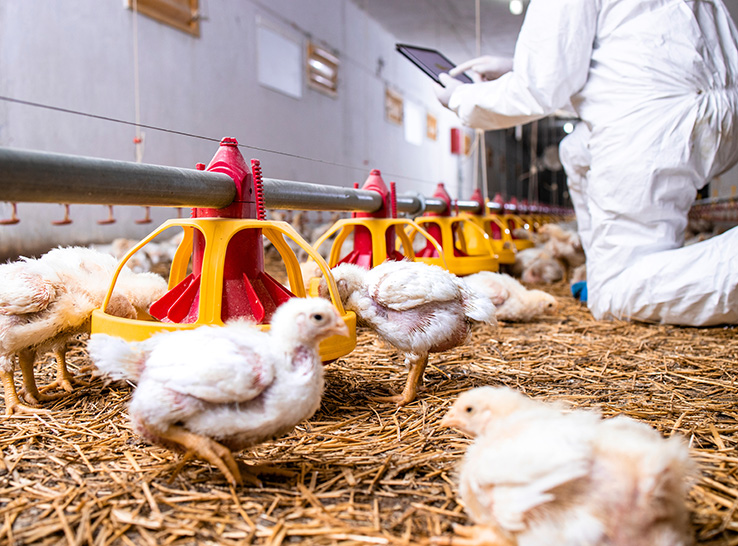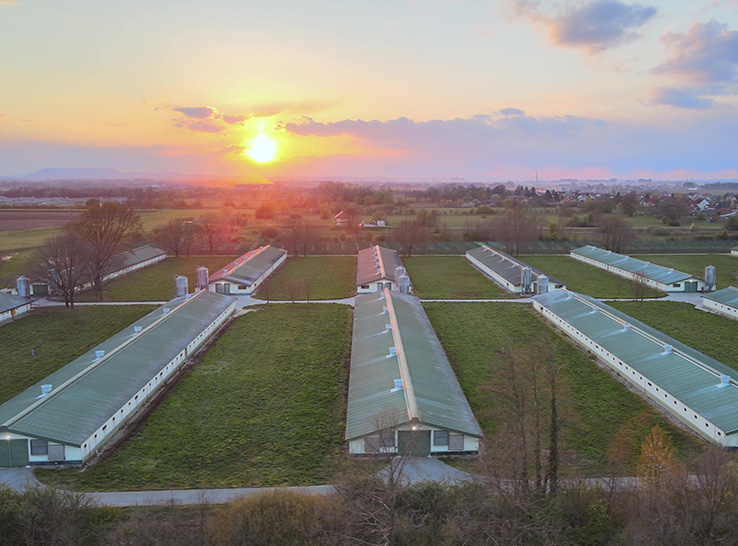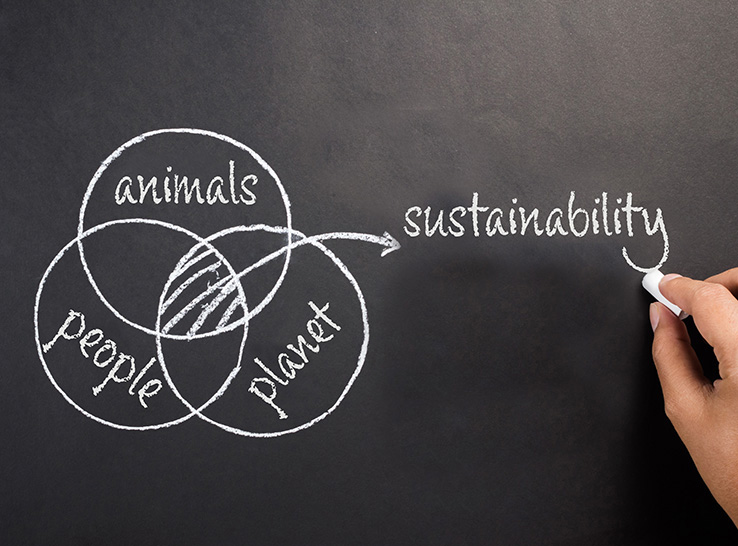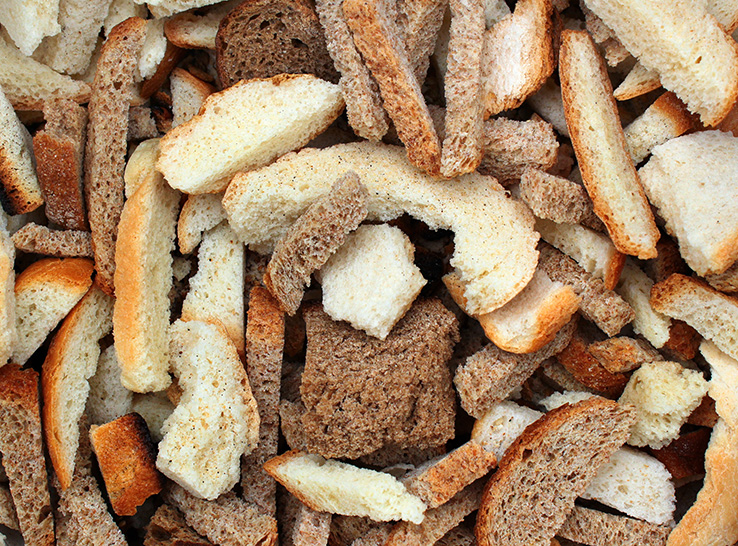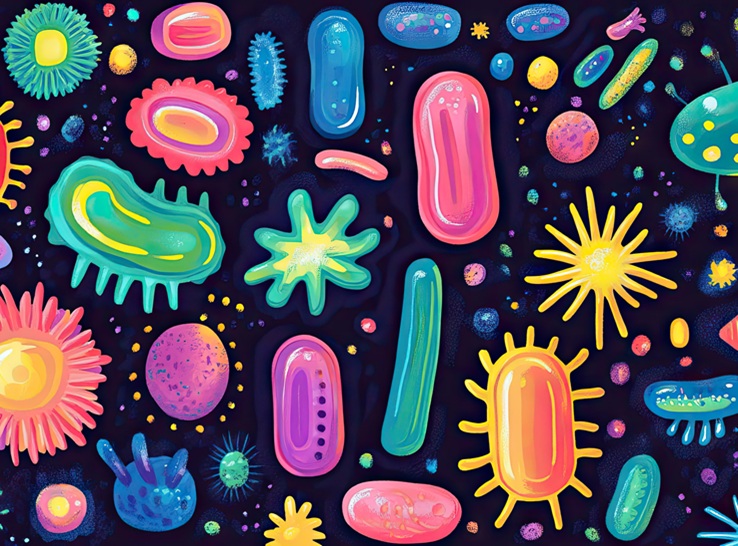Sustainability is a popular buzzword in poultry production today, but the interpretation of what that means is not always clear.
“When we think about poultry farming, raising chickens and all the components, is there anything we haven’t thought about in terms of sustainability for the past 30 years?” noted Michael Kogut, PhD, lead research microbiologist at USDA-ARS, College Station, Texas.
“We’re growing birds efficiently, productively at a cost that will make money for the industry, and the consumer will benefit — that’s sustainability.”
The topic of sustainability has expanded over the years and is dependent on many aspects. Among those are feed, bird productivity and health.
“Feed additives that we add to animal diets are truly the control points for sustainability,” he stated, as a take-home point from his presentation at the 2023 Poultry Science Association meeting.
However, as the industry has moved away from traditional feed medications, maintaining the same standard of flock health and performance has become more challenging. It’s important to understand how traditional medications function differently from the many additives used today.
Identifying function
Years ago, poultry and livestock producers routinely added antibiotics to feed to help prevent, control and treat intestinal and respiratory diseases. The practice also resulted in better growth rates and improvements in feed conversion.
Kogut conducted studies and dug into the scientific literature to identify how subtherapeutic antibiotics helped birds grow. “They may have had some minor effect on pathogens, but it’s not because they killed Salmonella and Campylobacter,” he said. “It’s just not.”
In citing his literature review, Kogut noted, “It’s not absolutely conclusive, but the data indicate they [antibiotics] modulated the microbiota, specifically with the beneficial bugs.”
This changed the production metabolites that boosted the animal’s physiological function, allowing it to reach more of its genetic potential. It also increased the digestive efficiency of the gut, through the microbiota but also through the function of the epithelial cells, and thus the host.
“There is an anti-inflammatory effect,” Kogut said. “So, they [antibiotics] provided an immunometabolism homeostasis at the gut level.”
With the advent of no-antibiotics-ever (NAE) production and the wholesale elimination of even non-medically important antibiotics in poultry production, some old health issues have resurfaced, Kogut reported. A common occurrence in NAE production is increased and chronic inflammation due to stressors, including the diet. This has made the search for effective alternative feed additives even more critical.
Need more than one
While non-traditional feed additives have their place in modern poultry production, individually they cannot match the function of subtherapeutic non-medically important antibiotics, which increased microbiota activity, altered the epithelial cells’ metabolism and boosted the immune-response antimicrobial activity.
“The caveat is, unlike a [non-medically important] antibiotic growth promotant (AGP), we need multiple feed additives to reach the same functional activities. There is no one magic bullet,” Kogut said.
He pointed to probiotics as an example, noting that a probiotic should be selected for specific bugs and activities. “Feed additives are effective in their own way, but none of them match up with an AGP. That’s why we have to combine them.”
Necessary for future advancement, he emphasized, feed-additive research must focus on causation versus correlation — what is effective and why, not just the result.
Researchers and the industry need a better understanding of the microbiota’s function throughout the gut — not just the ceca, which is the focus of most study, Kogut noted. “How much of the ceca is involved with nutrient digestion? Nothing,” he added. “But that’s where the bugs are. When we provide a feed additive, we need to know what’s going on up and down the gut, not just the ceca.”
Finally is understanding resilience, what the microbiota do collectively. “The plasticity of the microbiota allows us to manipulate the animal and gut health,” he noted. “There’s a lot of work still to be done.”
Health starts in the gut
When thinking about gut health, Kogut prefers to turn the Hippocrates quote “all disease starts in the gut” into “all health starts in the gut.”
“We do a good job of getting billions of birds processed and out to the consumer every week,” he said. “That means we’re doing a good job and disease is not the issue; health is the issue.”
Feed and feed additives play a vital role in creating and maintaining a healthy gut and, consequently, the overall health of the bird, Kogut added. He defined feed additives as products incorporated into diets to benefit:
- The feed: Trying to make it more digestible and efficient (e.g., enzymes);
- The animal: To address animal health and welfare (e.g., biotics);
- The end product: To provide a quality product for the consumer, such as antioxidants for meat quality;
- The environment: To control emissions, addressing various issues with litter and such.
However, he also pointed out that it requires a combination of alternative feed additives to match the impact that subtherapeutic non-medically important antibiotics have on birds.
To pull it all together, feed additives can play a role in promoting a healthy gut which reduces the bird’s pathogen load, promoting the health and welfare of the animal, making birds more efficient and improving the overall sustainability of the flock. “This is just common sense,” he said.
The gut is an ecosystem
“When we talk about the gut, we are talking about an ecosystem,” Kogut said. “We’ve all seen the host intrinsic, epithelium and immune response, and the microbiota’s interactions. But we forget about the third component of the ecosystem — that is, the extrinsic outside-the-host components.”
Diet is the main outside stressor for the bird and plays a major role, along with environmental stressors such as heat and cold, on internal components of that gut ecosystem. “How can the gut help the bird weather the environment [and] withstand stressors?” he asked.
The true function of the gut is to maximize homeostasis — to reach a broiler’s full genetic potential. But worldwide, current production stalls at about 95% to 97% of genetic potential. “If we can improve gut health to add another one percentage point, that’s dollars for the producer and billions to the industry,” Kogut pointed out.
So, where do alternative feed additives fit in?
“We can manipulate the microbiome much more efficiently than we can the host,” he said. “The plasticity of the microbiome provides an opportunity to change the host physiology, the immunity.”
The microbiota is the regulator, and the critical piece is not which bugs exist but how they function. The easiest way to alter the microbiota is through the diet and feed additives.
He said there are three reasons to manipulate the microbiota:
- Production performance — even though “there’s no real direct correlation to promote growth and performance through the microbiota,” he added.
- Prevent disease/competitive exclusion.
- Modulation of the immune system — “we’re finding how difficult that is,” he noted.
“The metabolic activity of the microbiota ends up playing a major role, not only in animal health and biology but also in the environment to maintain and increase sustainability,” Kogut said. “The microbiome is the true checkpoint.”

